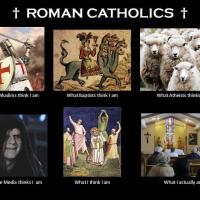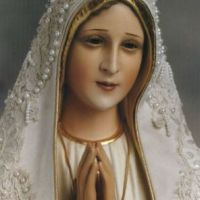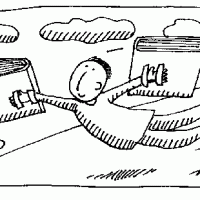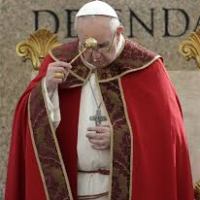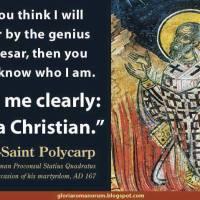Singing is one of the most essential elements of worship. Short songs, repeated again and again, give it a meditative character. Using just a few words they express a basic reality of faith, quickly grasped by the mind. As the words are sung over many times, this reality gradually penetrates the whole being. Meditative singing thus becomes a way of listening to God. It allows everyone to take part in a time of prayer together and to remain together in attentive waiting on God, without having to fix the length of time too exactly.
To open the gates of trust in God, nothing can replace the beauty of human voices united in song. This beauty can give us a glimpse of “heaven’s joy on earth,” as Eastern Christians put it. And an inner life begins to blossom within us.
These songs also sustain personal prayer. Through them, little by little, our being finds an inner unity in God. They can continue in the silence of our hearts when we are at work, speaking with others or resting. In this way prayer and daily life are united. They allow us to keep on praying even when we are unaware of it, in the silence of our hearts.
The “songs of Taizé” published in different languages are simple, but preparation is required to use them in prayer. This preparation should take place before the prayer itself, so that once it begins the atmosphere remains meditative.
During the prayer it is better if no one directs the music; in this way everyone can face the cross, the icons or the altar. (In a large congregation, however, it may be necessary for someone to direct, as discreetly as possible, a small group of instruments or singers who support the rest, always remembering that they are not giving a performance for the others.) The person who begins the songs is generally up front, together with those who will read the psalm, the reading and the intercessions, not facing the others but turned like them towards the altar or the icons. If a song is begun spontaneously, the pitch is generally too low. A tuning fork or pitch pipe can help, or a musical instrument give the first note or accompany the melody. Make sure the tempo does not slow down too much, as this tends to happen when the singing goes on for some time. As the number of participants increases, it becomes necessary to use a microphone, preferably hand-held, to begin and end the songs (they can be ended by singing “Amen” on the final note). The person who begins the singing can support the others by singing into a microphone, being careful not to drown out the other voices. A good sound-system is essential if the congregation is large; if necessary check it before the prayer and try it out with those who will be using the microphones.
Songs in many different languages are appropriate for large international gatherings. In a neighborhood prayer with people of all ages present, most of the songs should be in languages actually understood by some of the participants, or in Latin. If possible, give each person a song sheet or booklet. You can also include one or two well-known local songs or hymns.
Instruments: a guitar or keyboard instrument can support the harmonic structure of the songs. They are especially helpful in keeping the correct pitch and tempo. Guitars should be played in classical, not folk style. A microphone may be necessary for them to be heard. In addition to this basic accompaniment, there are parts for other instruments. (Taize)
























